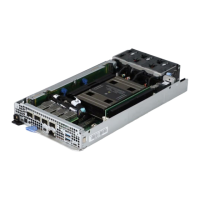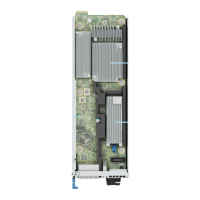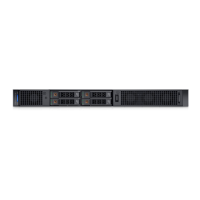Table 46. Integrated Devices details (continued)
Option Description
iDRAC Direct USB Port The iDRAC Direct USB port is managed by iDRAC exclusively with no host
visibility. This option is set to ON or OFF. When set to OFF, iDRAC does not
detect any USB devices installed in this managed port. This option is set to On
by default.
Integrated Network Card1 Enables or disables the integrated network card. When this option is set to
Enabled, the card is not available to the operating system. This option is set to
On by default.
NOTE: If set to Disabled (operating system), the Integrated NICs might
still be available for shared network access by iDRAC.
I/OAT DMA Engine Enables or disables the I/O Acceleration Technology (I/OAT) option. I/OAT is
a set of DMA features designed to accelerate network traffic and lower CPU
utilization. Enable only if the hardware and software support the feature. This
option is set to Disabled by default.
Embedded Video Controller Enables or disables the use of Embedded Video Controller as the primary
display. When set to Enabled, the Embedded Video Controller will be the
primary display even if add-in graphic cards are installed. When set to
Disabled, an add-in graphics card is used as the primary display. BIOS will
output displays to both the primary add-in video and the embedded video
during POST and preboot environment. The embedded video will then be
disabled right before the operating system boots. This option is set to Enabled
by default.
NOTE: When there are multiple add-in graphic cards installed in the
system, the first card discovered during PCI enumeration is selected as
the primary video. You might have to rearrange the cards in the slots in
order to control which card is the primary video.
I/O Snoop HoldOff Response Selects the number of cycles PCI I/O can withhold snoop requests, from the
CPU, to allow time to complete its own write to LLC. This setting can help
improve performance on workloads where throughput and latency are critical.
The options available are 256 Cycles, 512 Cycles, 1K Cycles, 2K Cycles,
4K Cycles, 8K Cycles, 16K Cycles, 32K Cycles, 64K Cycles and 128K
Cycles.This option is set to 2K Cycles by default.
Current State of Embedded Video
Controller
Displays the current state of the embedded video controller. The Current
State of Embedded Video Controller option is a read-only field. If the
Embedded Video Controller is the only display capability in the system (that
is, no add-in graphics card is installed), then the Embedded Video Controller
is automatically used as the primary display even if the Embedded Video
Controller setting is set to Disabled.
SR-IOV Global Enable Enables or disables the BIOS configuration of Single Root I/O Virtualization
(SR-IOV) devices. This option is set to Disabled by default.
OS Watchdog Timer If your system stops responding, this watchdog timer aids in the recovery
of your operating system. When this option is set to Enabled, the operating
system initializes the timer. When this option is set to Disabled (the default),
the timer does not have any effect on the system.
Empty Slot Unhide Enables or disables the root ports of all the empty slots that are accessible to
the BIOS and operating system. This option is set to Disabled by default.
Slot Disablement Enables or boot driver disables the available PCIe slots on your system. The
slot disablement feature controls the configuration of the PCIe cards installed
in the specified slot. Slots must be disabled only when the installed peripheral
card prevents booting into the operating system or causes delays in system
startup. When this option is set to boot driver disabled, both the Option ROM
and UEFI driver from the slot will not run during POST. The system will not
boot from the card and its pre-boot services will not be available. However, the
card is available to the operating system.
Pre-operating system management applications 45

